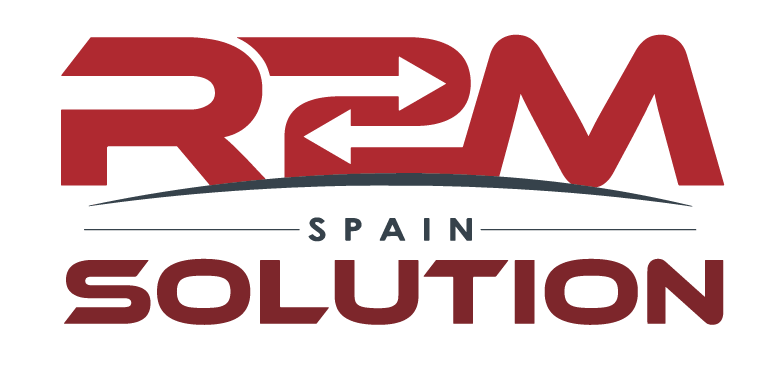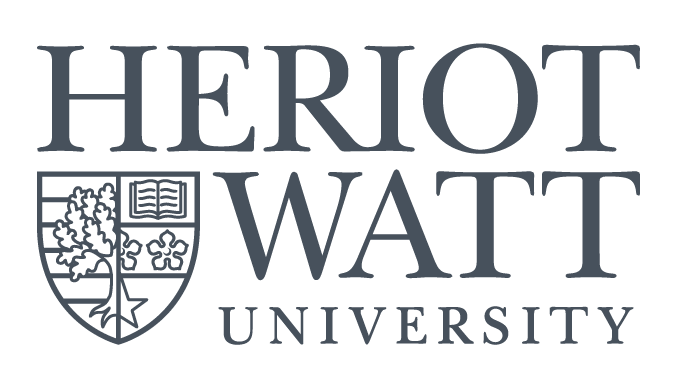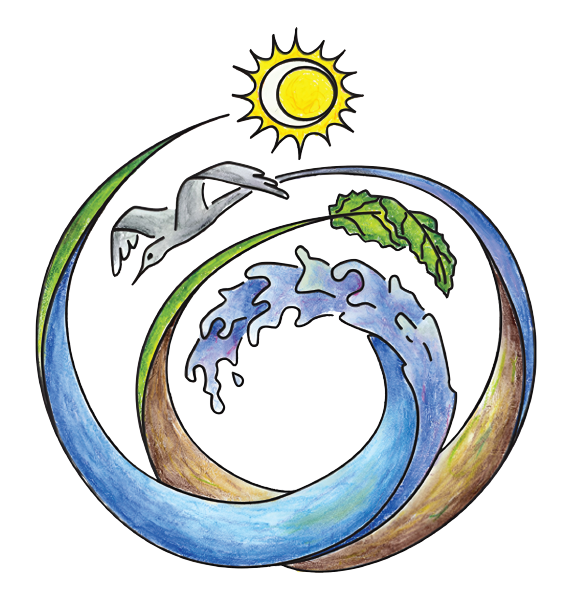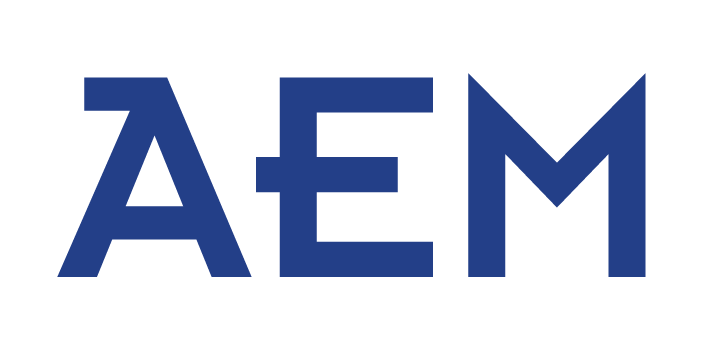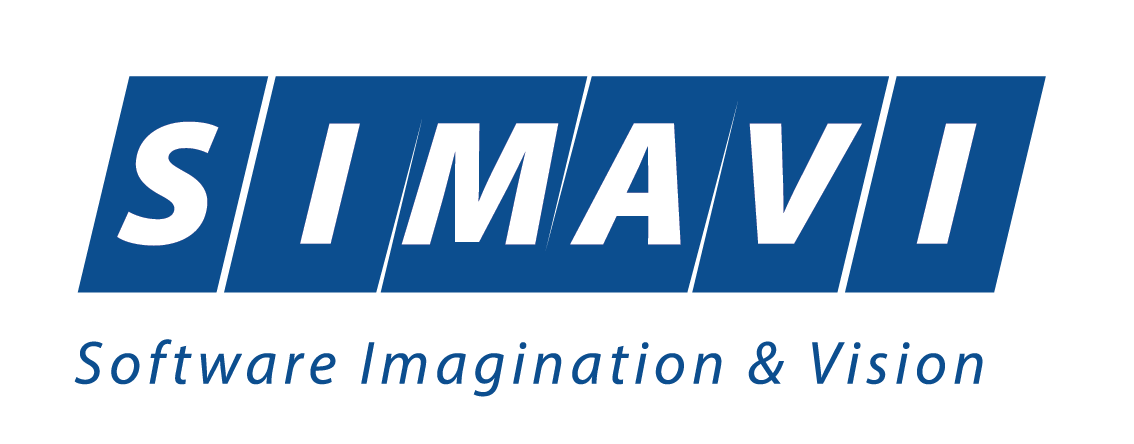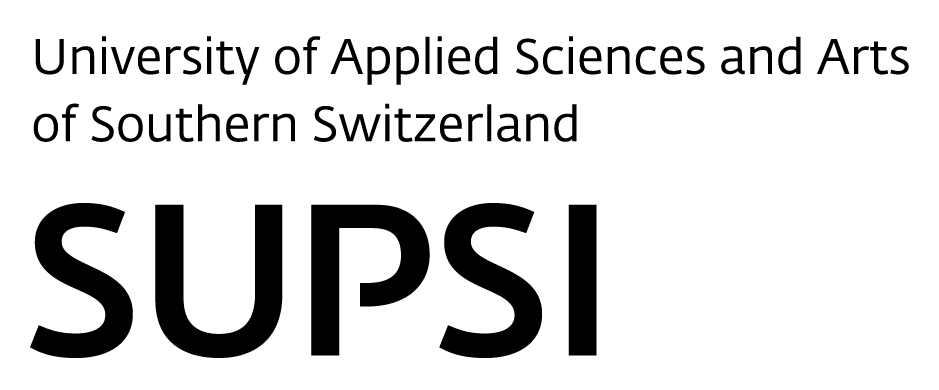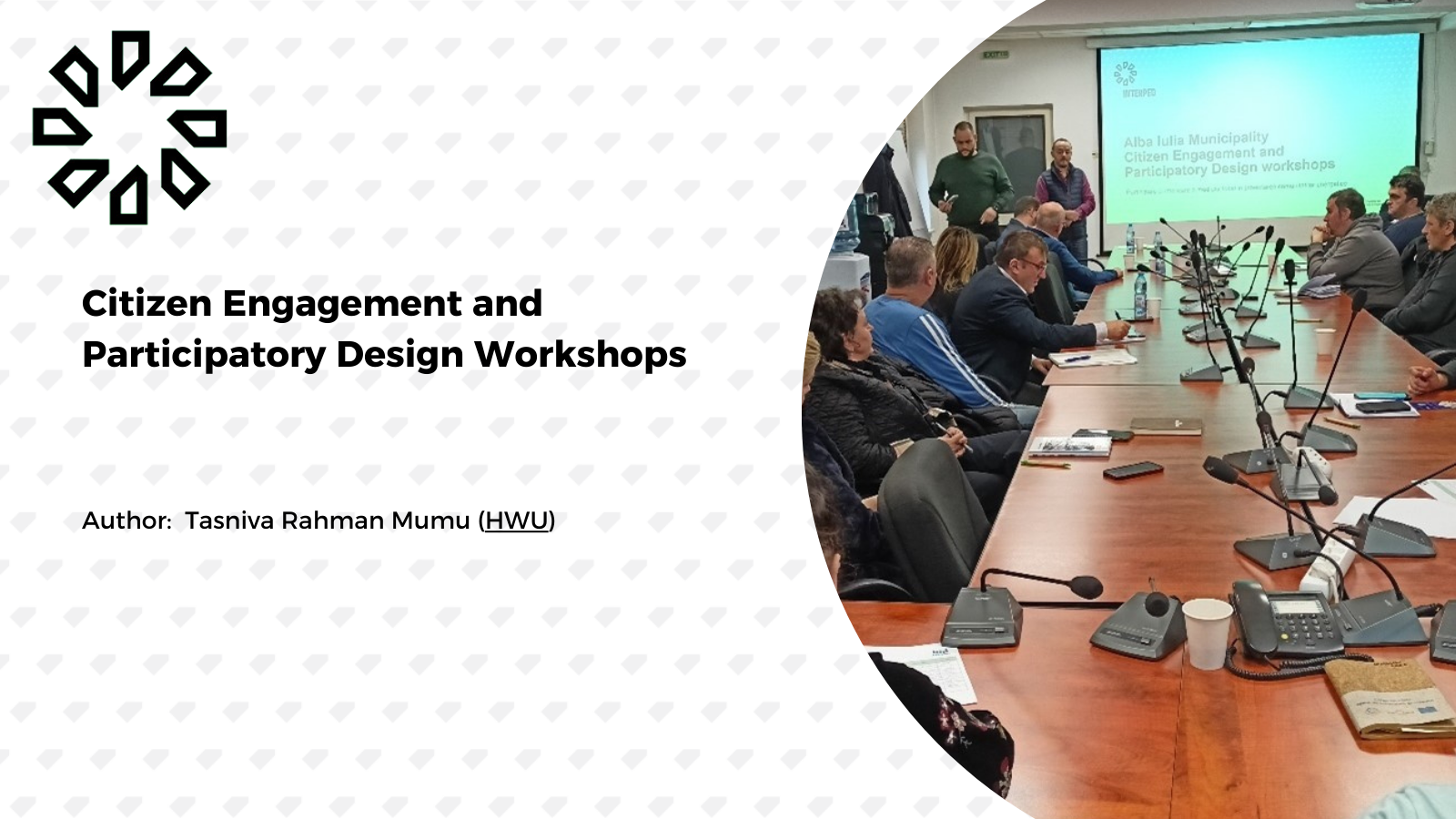The InterPED project aims to establish a sustainable and adaptable demand response (DR) strategy tailored to meet the unique needs of energy communities across Europe. As the energy landscape transitions toward a more decentralised and renewable-based system, DR emerges as a powerful tool, enabling communities to balance supply and demand flexibly. However, the success of DR strategies hinges not only on technological advancements but also on the active involvement of citizens. Recognising the increasingly essential role of citizen engagement in creating resilient and responsive energy systems, the project places significant emphasis on participatory design as a central approach for effective DR. To achieve this goal, HWU planned and developed workshop materials customised for the communities, with the partners assisting in tailoring these materials and facilitating the workshops. Below is a brief description of the participatory design approach used in each pilot:
Pilot 1: Lugaritz-Matía Community
The Lugaritz-Matía Community pilot comprises a unique ensemble of healthcare facilities, including the Birmingham Hospital and two nursing homes: Rezola and Lugaritz. Due to the nature of these facilities, community engagement workshops were not feasible, as it would be ethically inappropriate to access patients. For this reason, we conducted a post-occupancy evaluation of these buildings through a questionnaire survey to understand the thermal comfort levels of the staff working there. A total of 42 staff members from these healthcare facilities participated in the survey. The next step is to gather ‘user stories’ input from the technicians who will use the InterPED platform.
Pilot 2: Ecovillage Findhorn
Over two days, three workshops were conducted at the Park Ecovillage, Findhorn, focusing on citizen engagement and sustainable energy transitions to explore how InterPED could support the community’s energy objectives.
Workshop 1: Shared Understanding and Visioning
Participants built a common understanding of energy concepts using picture cards to ensure clarity among both stakeholders and citizens and envisioned Findhorn 10 years into the future through storyboards, reflecting their needs, concerns, and interests. These storyboards informed future energy scenarios for the community.

Workshop 2: Demand Response Strategy
This session examined how InterPED could serve as a vehicle for fulfilling the community’s vision, focusing on transitioning away from fossil fuels in heating and transport. Specifically, practical solutions around community charging stations and heat pump automation were explored. Participants engaged in an open discussion and later in a choice method experiment, selecting preferred options for energy management based on key attributes, which helped us understand community preferences.
Workshop 3: User Stories
A user story is a brief, straightforward description of a feature or requirement, expressed from the perspective of the platform’s end user. Typically structured as “As a [Actor identification], I want [goal/feature] in order to [benefits],” user stories help development teams prioritise the end user’s experience and goals, rather than focusing solely on technical tasks. Community members shared their expectations through this template for the InterPED platform, focusing on peer-to-peer energy trading and time-of-use pricing. This guided the platform’s development to align with Findhorn’s values and practical needs.
Pilot 3: Arena Innovation Community
Shared Understanding and Visioning
The informational event for the citizens of Capriasca was organised by the Azienda Elettrica di Massagno (AEM) and the University of Applied Sciences and Arts of Southern Switzerland (SUPSI), with the support of the Municipality of Capriasca. The aim of this workshop was to address participants’ questions, foster understanding, and build a shared vision of the energy future.
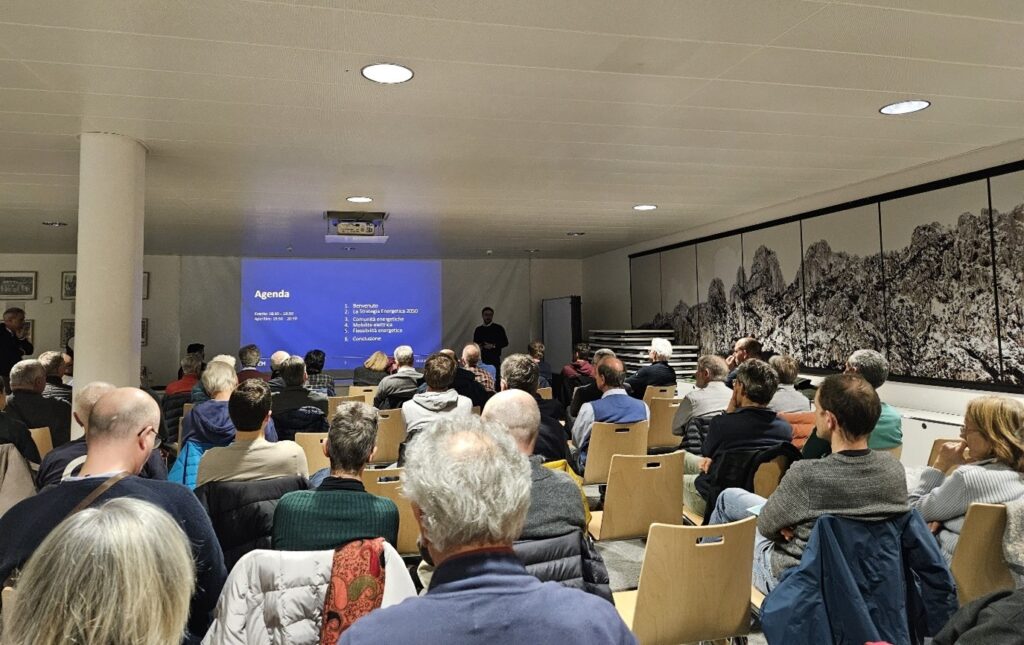
First Part of the Event
The first half of the event was conducted in a lecture-style format, during which the topics outlined in the agenda were presented. Attendees were engaged through questions posed via the Slido tool. At the end of the presentation, participants were given the opportunity to ask general questions or raise concerns to the presenters from both AEM and SUPSI.
Second Part of the Event
Following the more formal first part, an informal aperitivo was organised to allow attendees to engage directly with the presenters and representatives from AEM and SUPSI. During the aperitivo, various interests emerged, particularly regarding the use of energy flexibility, different levels of participation in energy communities, and future developments. Discussions focused on the impact of the new energy community models to be introduced in Switzerland: starting in 2025 with the RCPv model, limited to low voltage, and in 2026 with the CEL model, which will allow the creation of virtual energy communities where energy is exchanged among members via medium voltage grid levels. Discussions also covered electric mobility, with participants expressing interest in the future installation of charging stations capable of supporting V2H (Vehicle-to-Home) and V2G (Vehicle-to-Grid) technologies in residential settings. However, concerns were raised about the still high costs of electric vehicles.
Pilot 4: Alba Iulia College District
The Alba Iulia team conducted two workshops in Alba Iulia as part of the InterPED project, focusing on citizen engagement within the Dorin Pavel Technical College District. The workshops took place in the Local Council hall of the Alba Iulia Municipality main building. Three interactive sessions were conducted to explore how the InterPED initiative could support the community in achieving its energy and sustainability objectives. Local citizens and stakeholders collaboratively designed sustainable pathways tailored to the unique needs and circumstances of the Alba Iulia PED. Through active participation, a shared vision for the district’s energy future was co-created, along with practical strategies for transitioning to cleaner and more efficient energy systems.
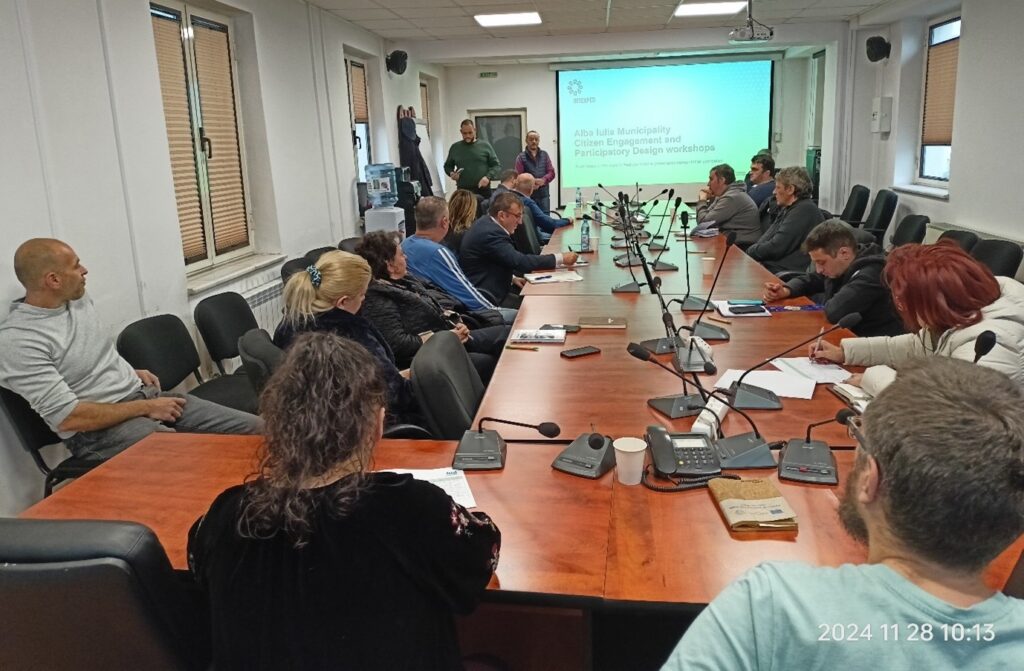
Workshop 1 – Part 1: Shared Understanding and Visioning
The initial part of the first workshop focused on presenting the InterPED project, including its objectives, planned activities, and expected outcomes. To ensure participants fully understood the initiative, visuals, and examples were used to illustrate how the project would benefit the community. Participants actively engaged in the session and were later divided into 4 groups to narrow down the discussions related to concepts graphically represented by dedicated picture cards. Focused discussions were started on presenting the advantages and disadvantages of storage, EVs charging stations, PVs, EVs, etc.
The outcomes of this phase were cantered on integrating fresh insights from stakeholders, who contributed innovative ideas as specialists in their respective fields. These contributions enriched the discussion, offering practical perspectives and tailored solutions within the context of the InterPED project. This phase provided a platform for stakeholders to share expertise and propose strategies directly aligned with the project’s objectives.
Workshop 1 – Part 2: Participatory design.
In the second part of the first workshop, participants envisioned what Alba Iulia would look like in 10 years, by responding to questions on different topics, related to Energy communities, like “How do you see yourself over 5 years of being part of one energy community?”
The workshop’s segmented approach enabled focused debates on specific topics, ensuring a comprehensive exploration of each aspect. By the end of the session, participants had collaboratively developed actionable insights and practical strategies, demonstrating the power of co-creation in addressing energy and sustainability challenges.
Workshop 2 – Part 1: Shared Understanding and Visioning
The second workshop, organized by Alba Iulia Municipality, focused on presenting the InterPED project to 22 students from the “1 Decembrie 1918” University and Technical University in Alba Iulia. The session introduced the project’s objectives, planned activities, and expected outcomes, with a particular emphasis on its role in developing Positive Energy Districts (PEDs) and promoting energy efficiency within the Dorin Pavel Technical College District. To ensure the participants fully grasped the initiative’s significance, the presentation incorporated visuals and examples, highlighting the benefits for the local community.
The active engagement of the students added significant value to the session. Their questions, insights, and fresh perspectives enriched the discussion and contributed to a shared understanding of the project’s goals. This interactive dialogue sparked a good debate, particularly around the concept of energy communities. Participants acknowledged that Romania currently lacks a finalized legal framework for energy communities and proposed several innovative ideas on how Alba Iulia Municipality could advocate for further policy development.
Workshop 2 – Part 2: Participatory design.
Following the debate, participants were divided into multiple groups (2 students/group) to dive deeper into specific topics using the InterPED concept cards. These cards facilitated focused discussions on the advantages and disadvantages of key components such as infrastructure, building energy, energy storage, EV charging stations, photovoltaics (PVs), and electric vehicles (EVs). The students demonstrated remarkable enthusiasm and creativity during these discussions, contributing valuable input to the co-creation process.
These workshops aim to explore how InterPED can support the community in achieving its energy objectives. By engaging both citizens and stakeholders, we seek to co-create a shared vision for a greener future and practical strategies for transitioning to cleaner energy systems.
Blog signed: Tasniva Rahman Mumu (HWU)


